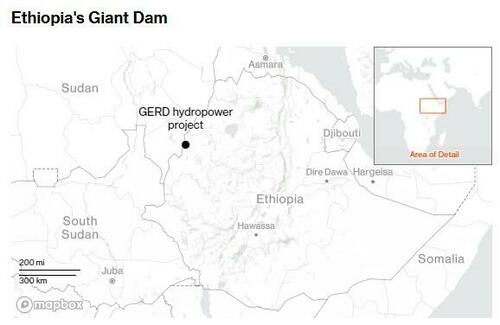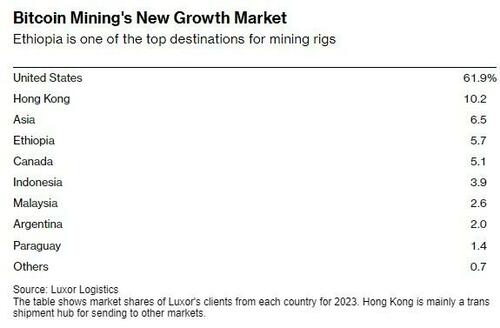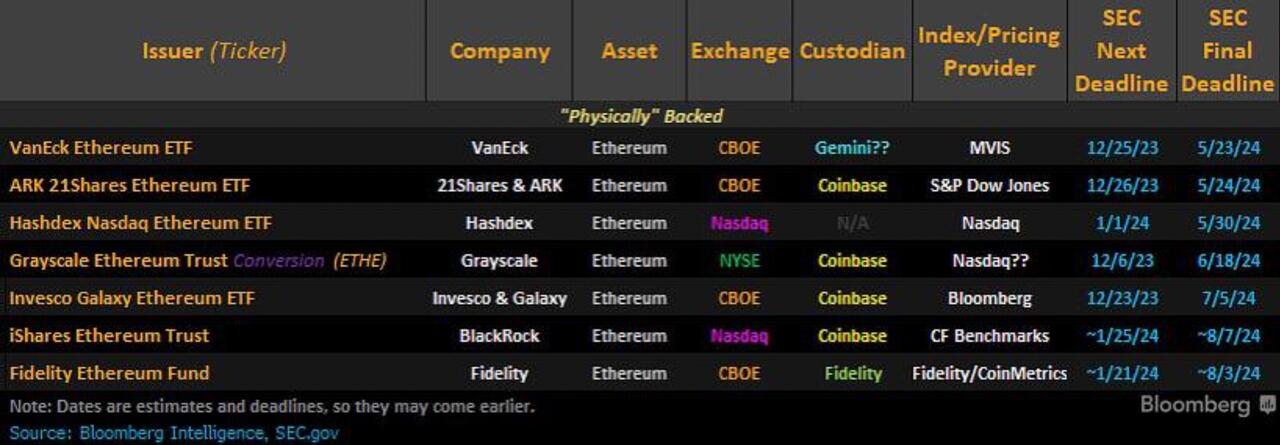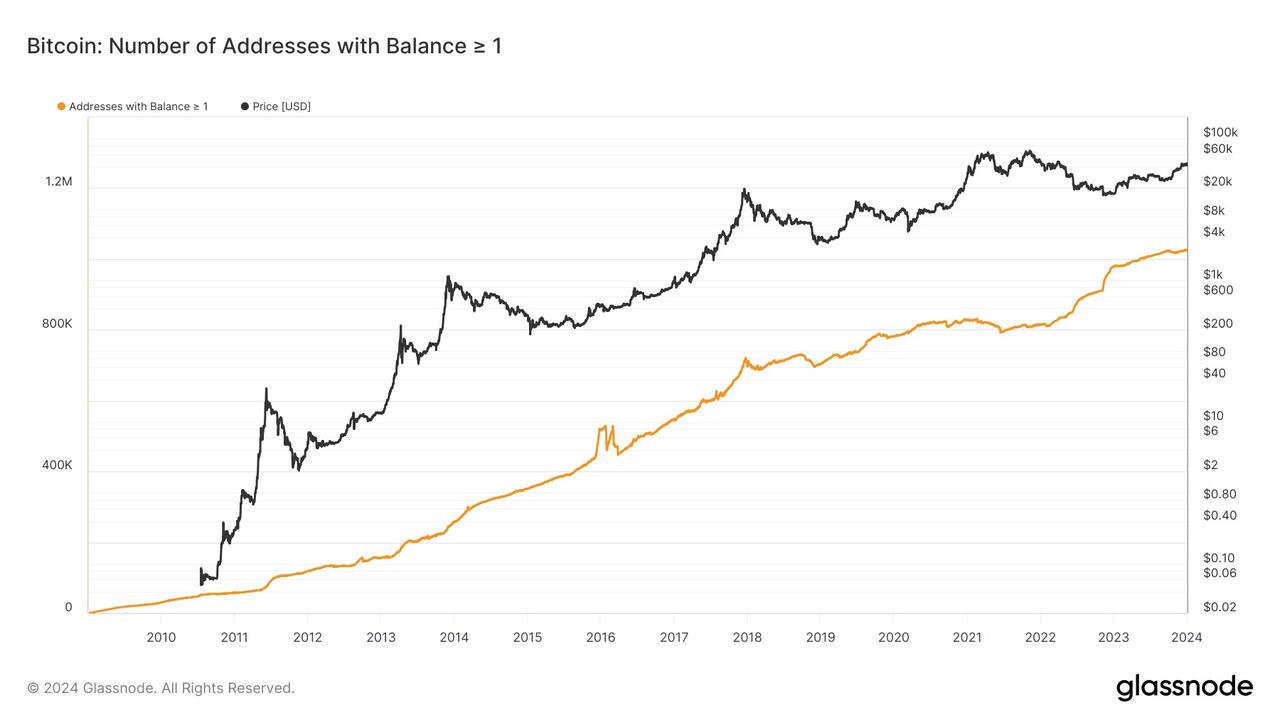16
Stable Coins Forum / The 6 Types of Stablecoins (Poll)
« on: February 18, 2024, 10:58:59 PM »
What are Stablecoins?
:max_bytes(150000):strip_icc()/terms_s_stablecoin_FINAL-89e1671b1f24486b84b74cebe6836573.jpg)
Why are Stablecoins important?
When people get paid, they want the certainty that the money they’ve received will be worth the same tomorrow or next month. In other words they want to avoid the risk of losing their earnings through the devaluation of the currency they received as payment.
Secondarily, when people save money - keep in mind the difference between saving and investing - they want their savings to keep their purchasing power over time.
Stablecoins aim to be the solution to both these problems.
6 Types of Stablecoins (based on what they are backed by)
1. Stablecoins backed by fiat currencies
Fiat-collateralized stablecoins are the simplest type of stablecoins: for each stablecoin there is a fixed amount of fiat currency in a bank account backing it up.
2. Stablecoins backed by hard currencies
SC backed by gold or silver. (Depending on the definition of precious metals, platinum, palladium and others can be considered precious metals too)
3. Stablecoins backed by cryptocurrencies
4. Stablecoins backed by financial products
SC backed by Treasuries, bonds, stocks, loans, derivatives, ETF, futures... Think of USDT or USDC.
5. Commodity-backed Stablecoins
SC backed by real estate, oil, natural gas, aluminium, copper, steel, beef, grains etc... „Traditionally, such commodities were restricted only to the financially privileged class. However, commodity-backed stablecoins create new opportunities in investment for the average person, irrespective of geography.“ (101blockchains.com)
6. Algorithmic Stablecoins
„Non-collateralized or algorithmic stablecoins do not have any assets or collateral for backing them. So, how are algorithmic stablecoins classified as stablecoins when they don’t have any collateral for backing them up?
The non-collateralized or algorithmic stablecoins follow an algorithm for controlling the stablecoin supply. Such a type of approach is also known as seignorage shares. With the rise in demand, new stablecoins will be created to reduce the price to the normal level. In event of considerably low coin trading, coins on the market are purchased up for reducing circulating supply.“ (101blockchains.com)
:max_bytes(150000):strip_icc()/terms_s_stablecoin_FINAL-89e1671b1f24486b84b74cebe6836573.jpg)
Why are Stablecoins important?
When people get paid, they want the certainty that the money they’ve received will be worth the same tomorrow or next month. In other words they want to avoid the risk of losing their earnings through the devaluation of the currency they received as payment.
Secondarily, when people save money - keep in mind the difference between saving and investing - they want their savings to keep their purchasing power over time.
Stablecoins aim to be the solution to both these problems.
6 Types of Stablecoins (based on what they are backed by)
1. Stablecoins backed by fiat currencies
Fiat-collateralized stablecoins are the simplest type of stablecoins: for each stablecoin there is a fixed amount of fiat currency in a bank account backing it up.
2. Stablecoins backed by hard currencies

SC backed by gold or silver. (Depending on the definition of precious metals, platinum, palladium and others can be considered precious metals too)
3. Stablecoins backed by cryptocurrencies
4. Stablecoins backed by financial products
SC backed by Treasuries, bonds, stocks, loans, derivatives, ETF, futures... Think of USDT or USDC.
5. Commodity-backed Stablecoins
SC backed by real estate, oil, natural gas, aluminium, copper, steel, beef, grains etc... „Traditionally, such commodities were restricted only to the financially privileged class. However, commodity-backed stablecoins create new opportunities in investment for the average person, irrespective of geography.“ (101blockchains.com)
6. Algorithmic Stablecoins
„Non-collateralized or algorithmic stablecoins do not have any assets or collateral for backing them. So, how are algorithmic stablecoins classified as stablecoins when they don’t have any collateral for backing them up?
The non-collateralized or algorithmic stablecoins follow an algorithm for controlling the stablecoin supply. Such a type of approach is also known as seignorage shares. With the rise in demand, new stablecoins will be created to reduce the price to the normal level. In event of considerably low coin trading, coins on the market are purchased up for reducing circulating supply.“ (101blockchains.com)



 Latest news:
Latest news: 





 Shop
Shop





